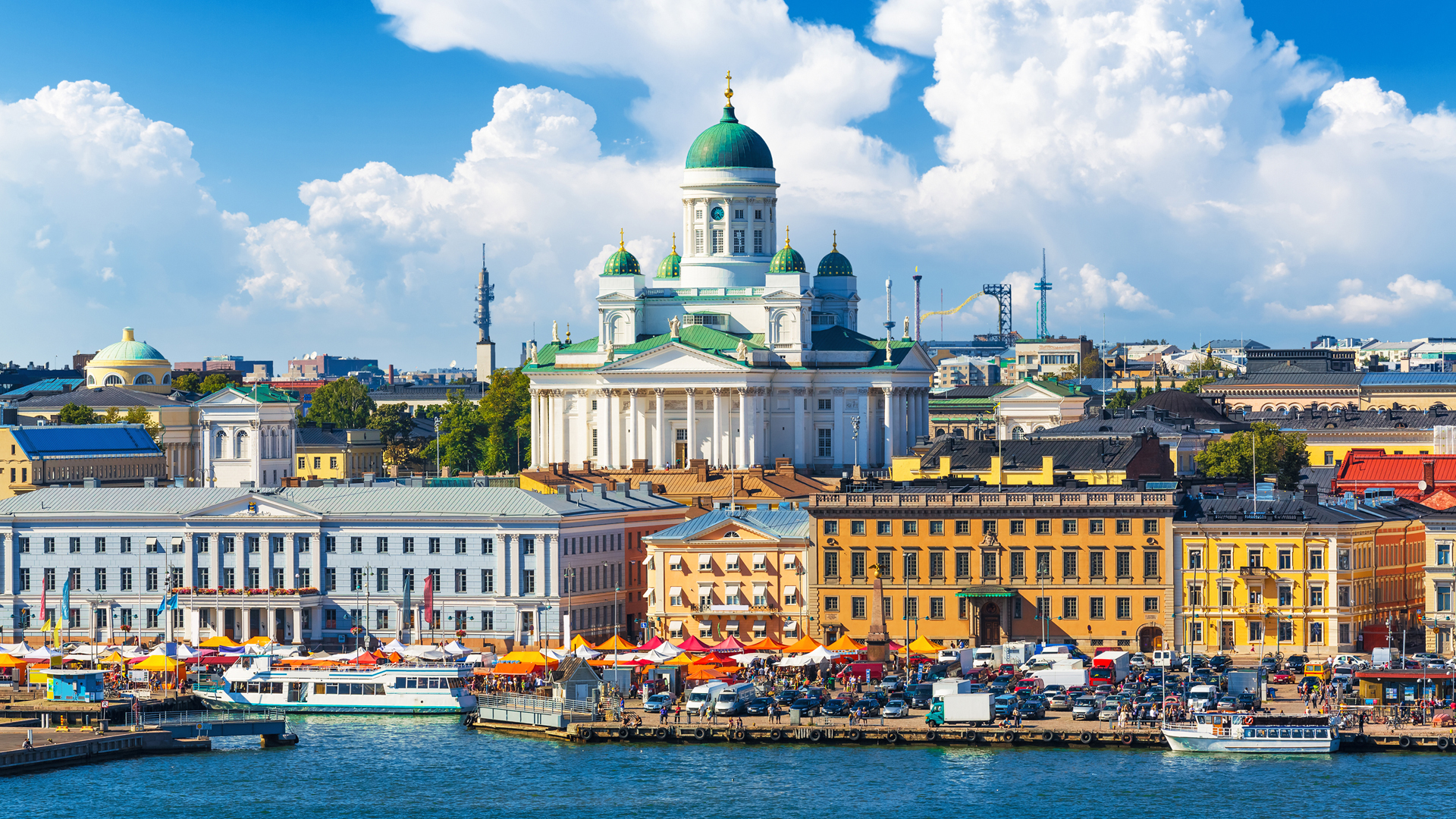

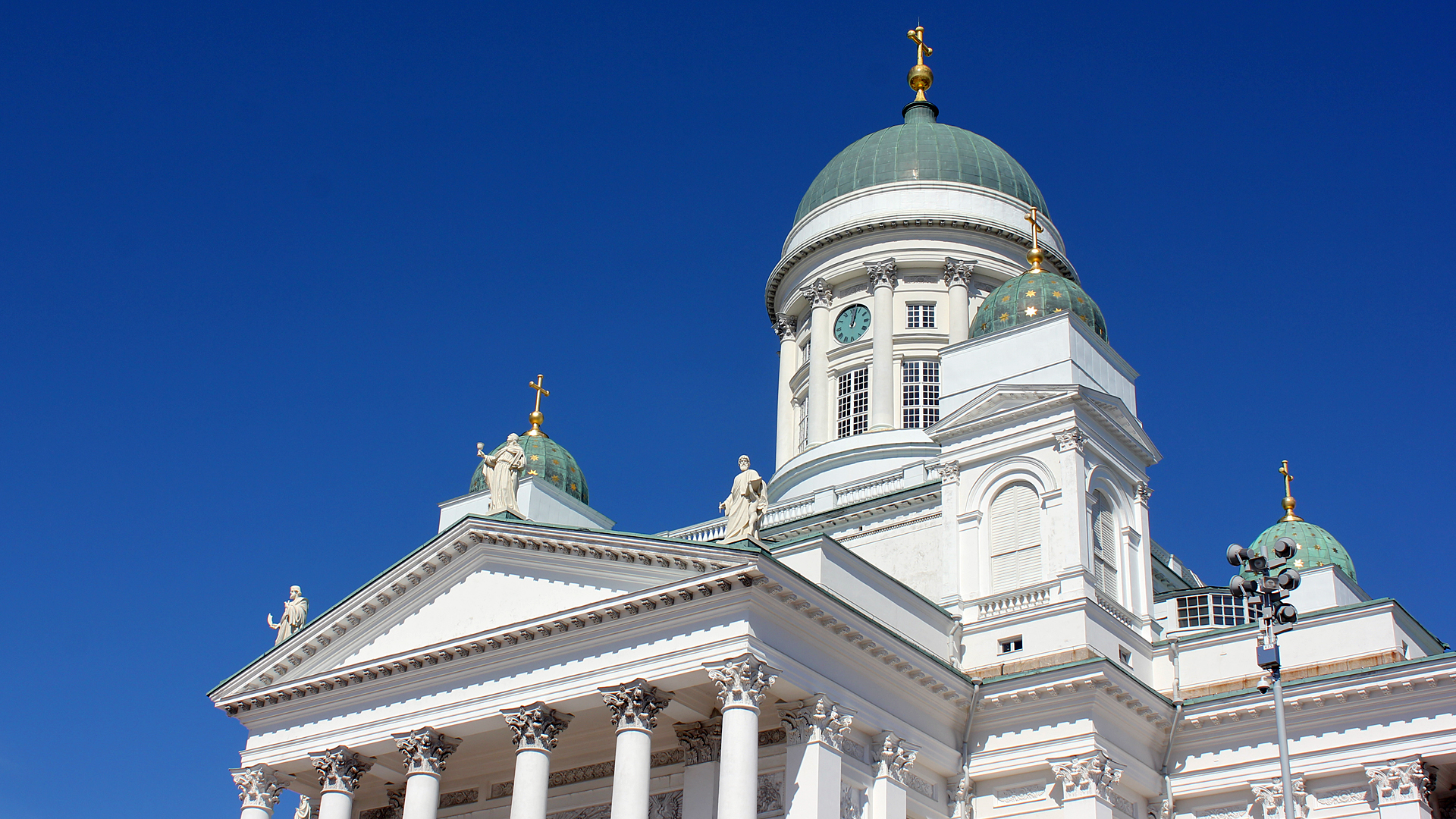


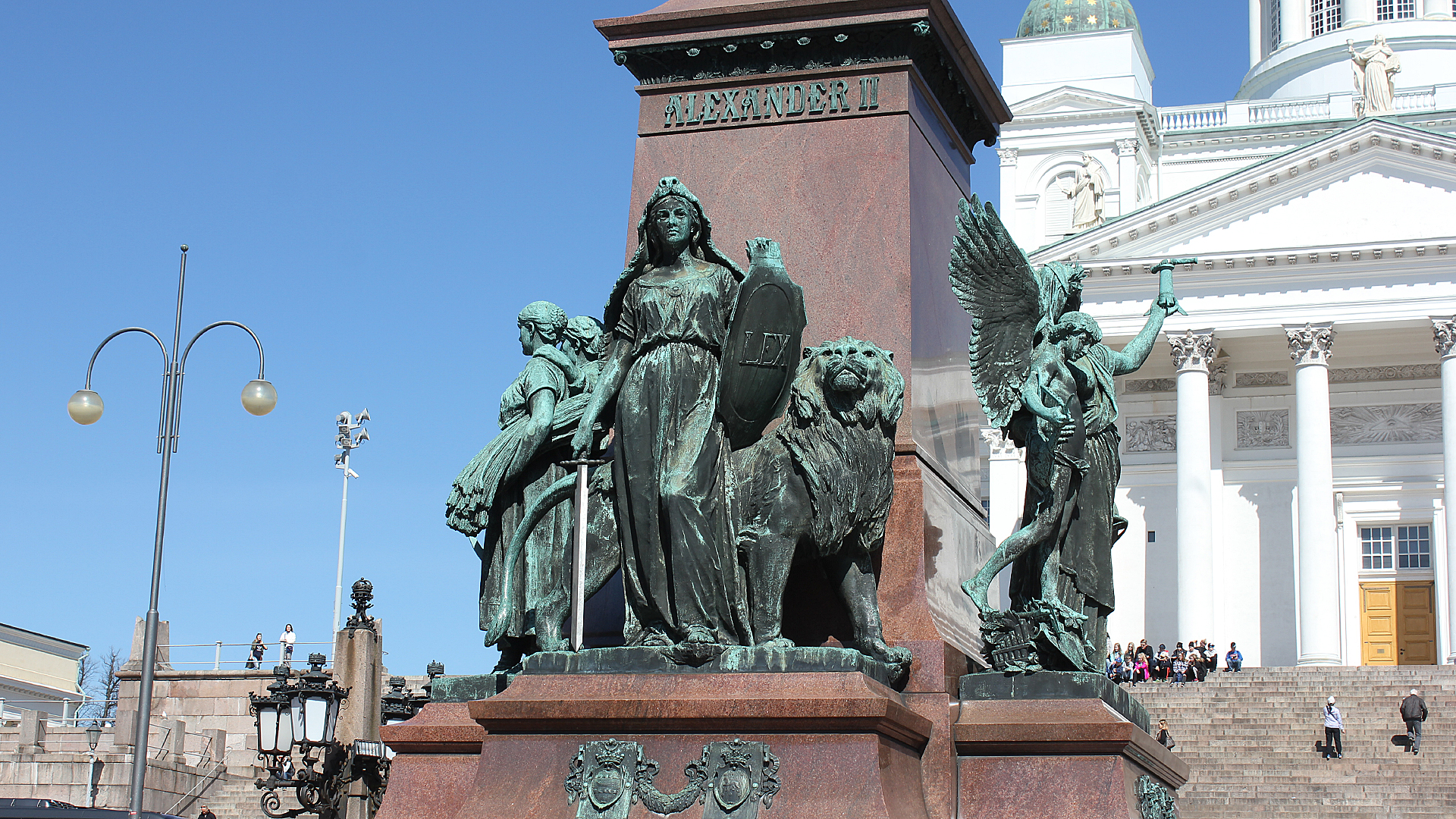


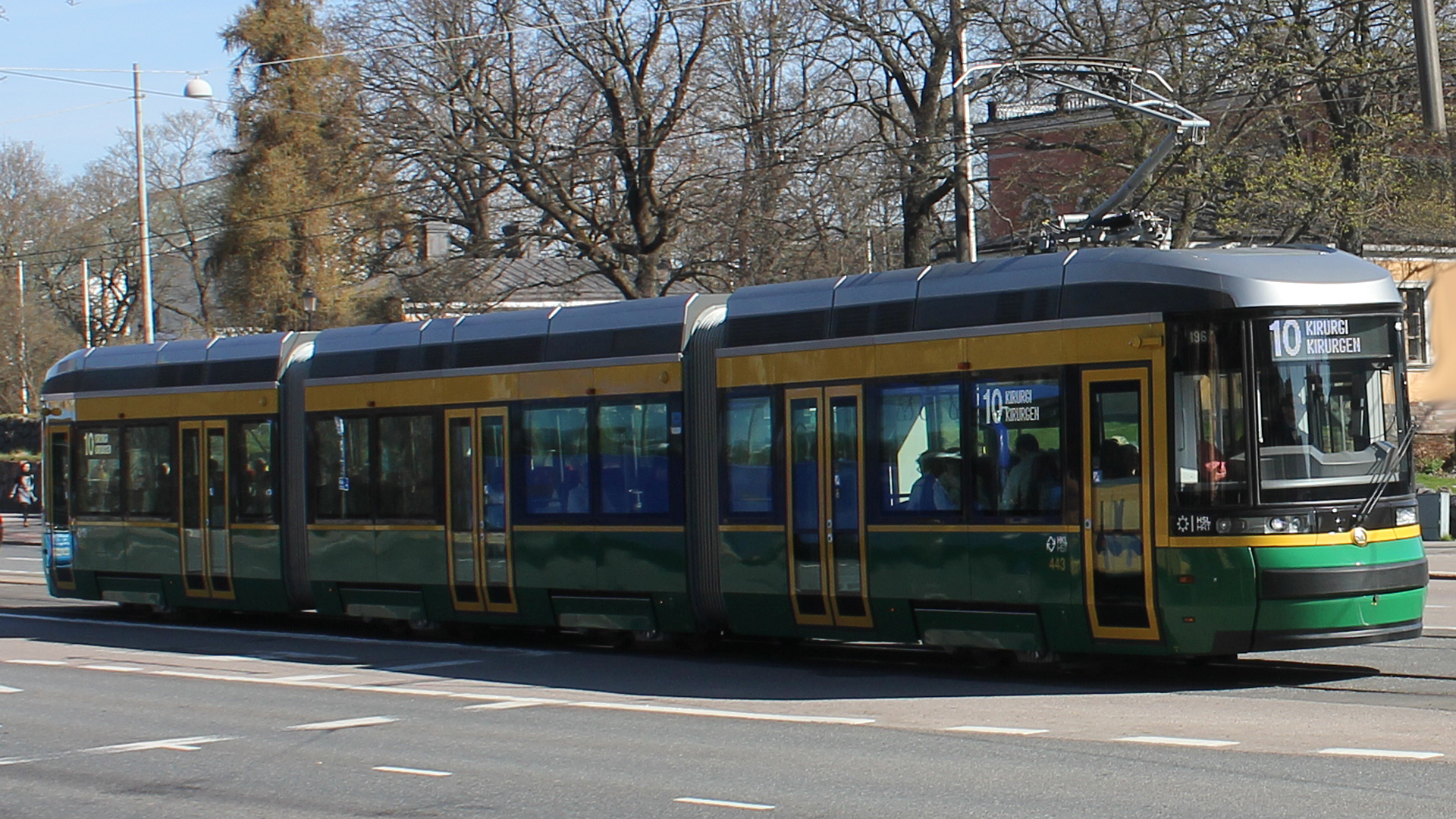
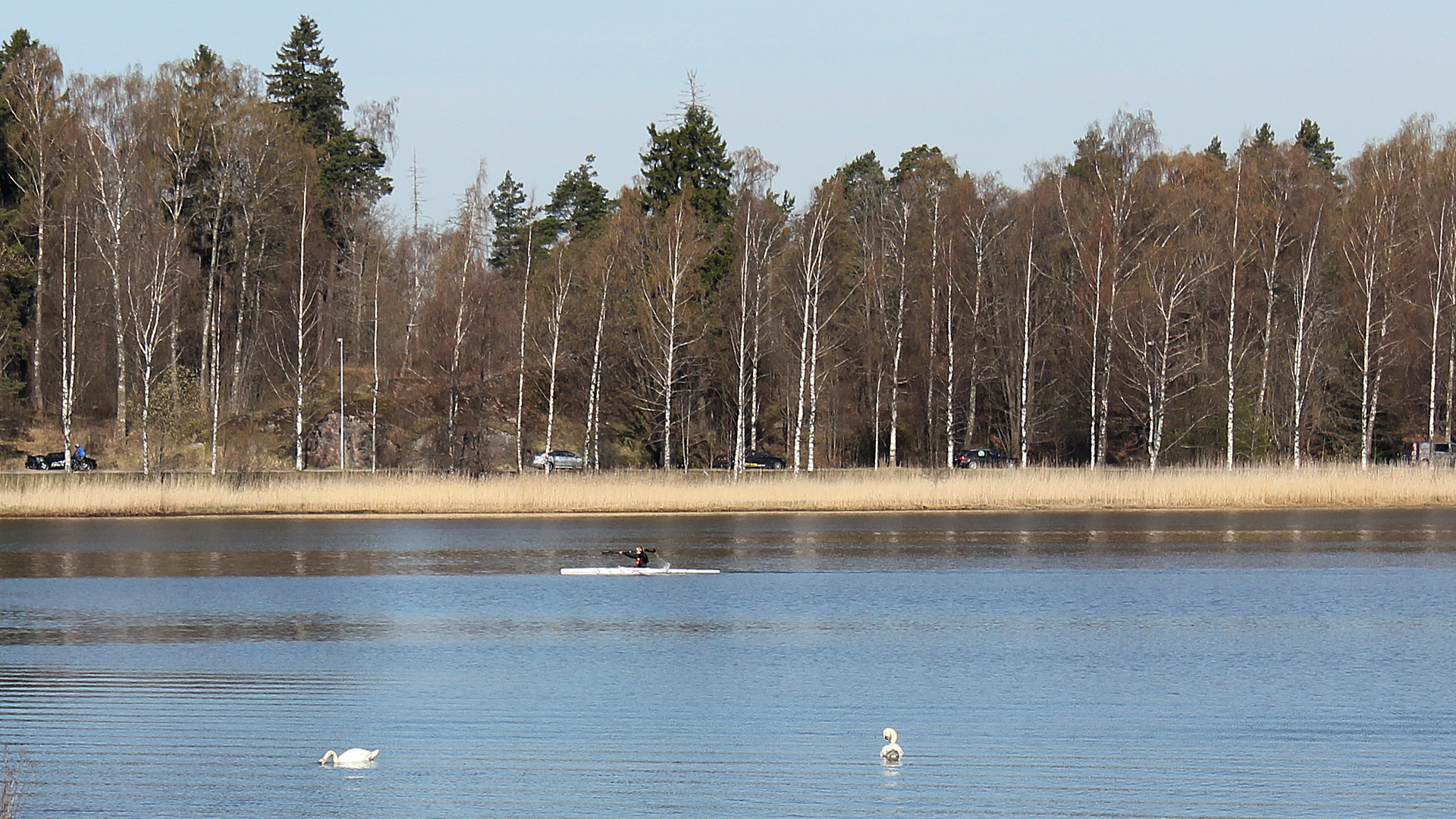
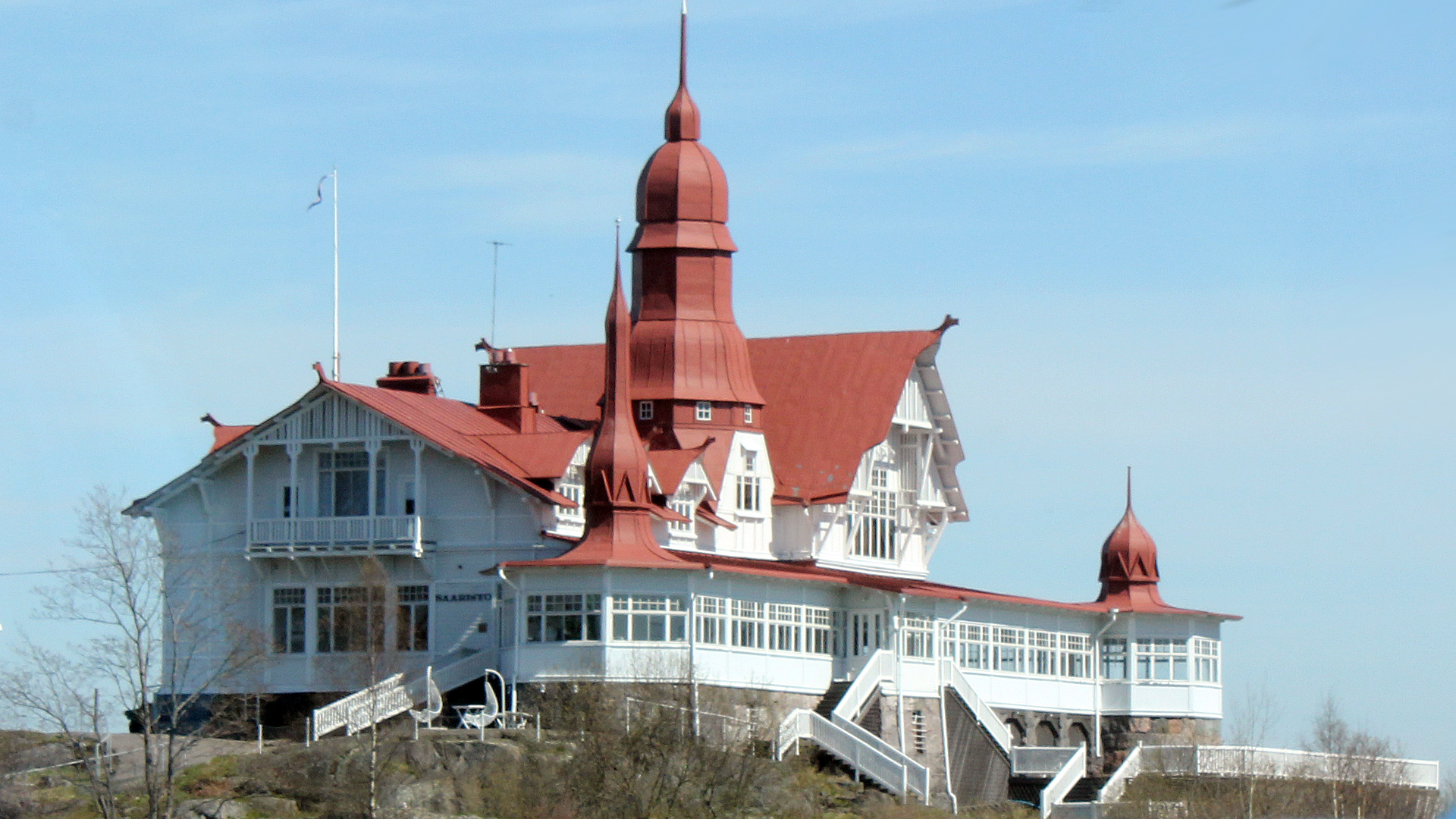

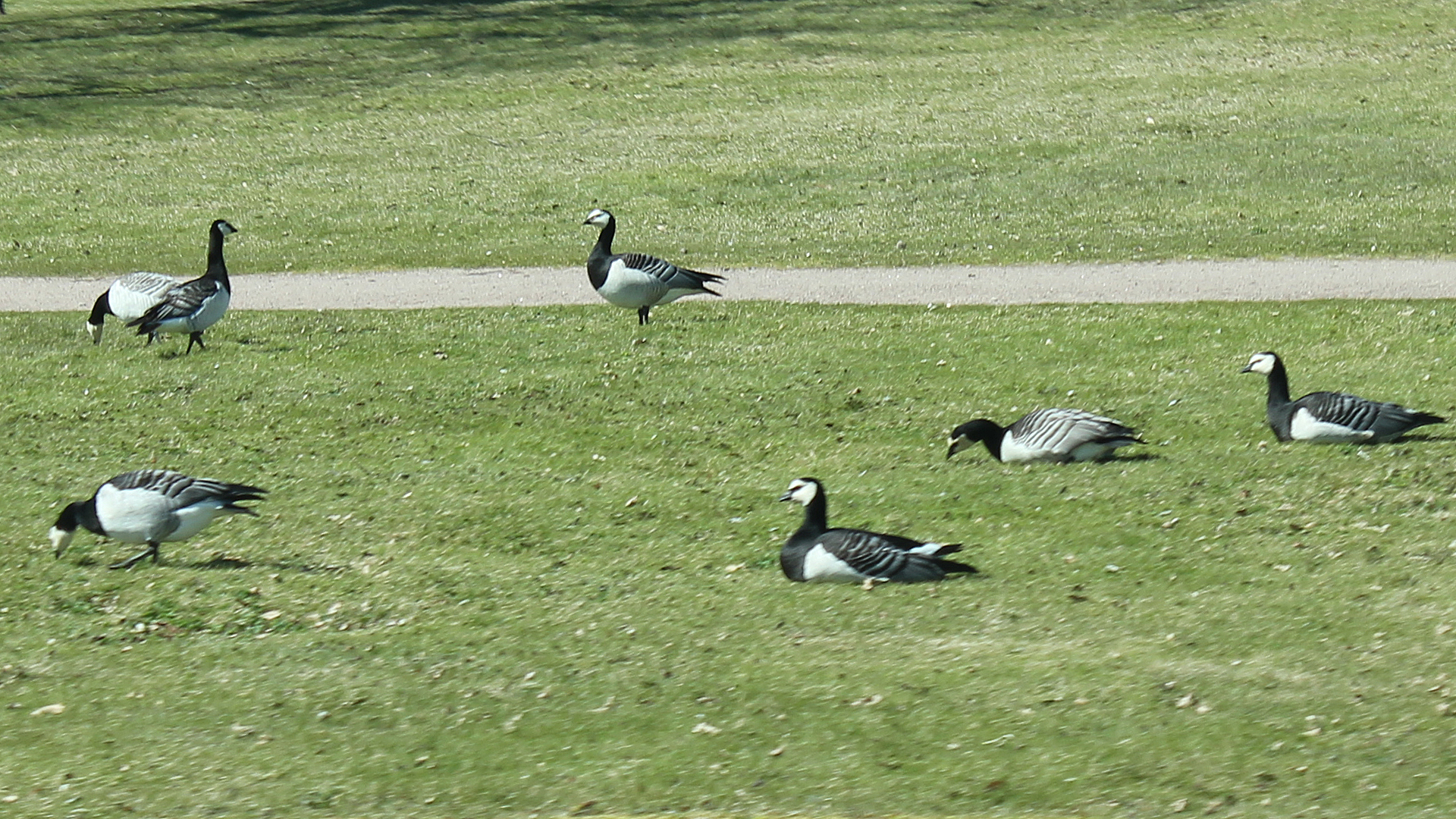
Summarized below is information about the climate. Notice the apartment balconies are enclosed in glass. For the long days of summer they use shades in front of many of the modern buildings windows.
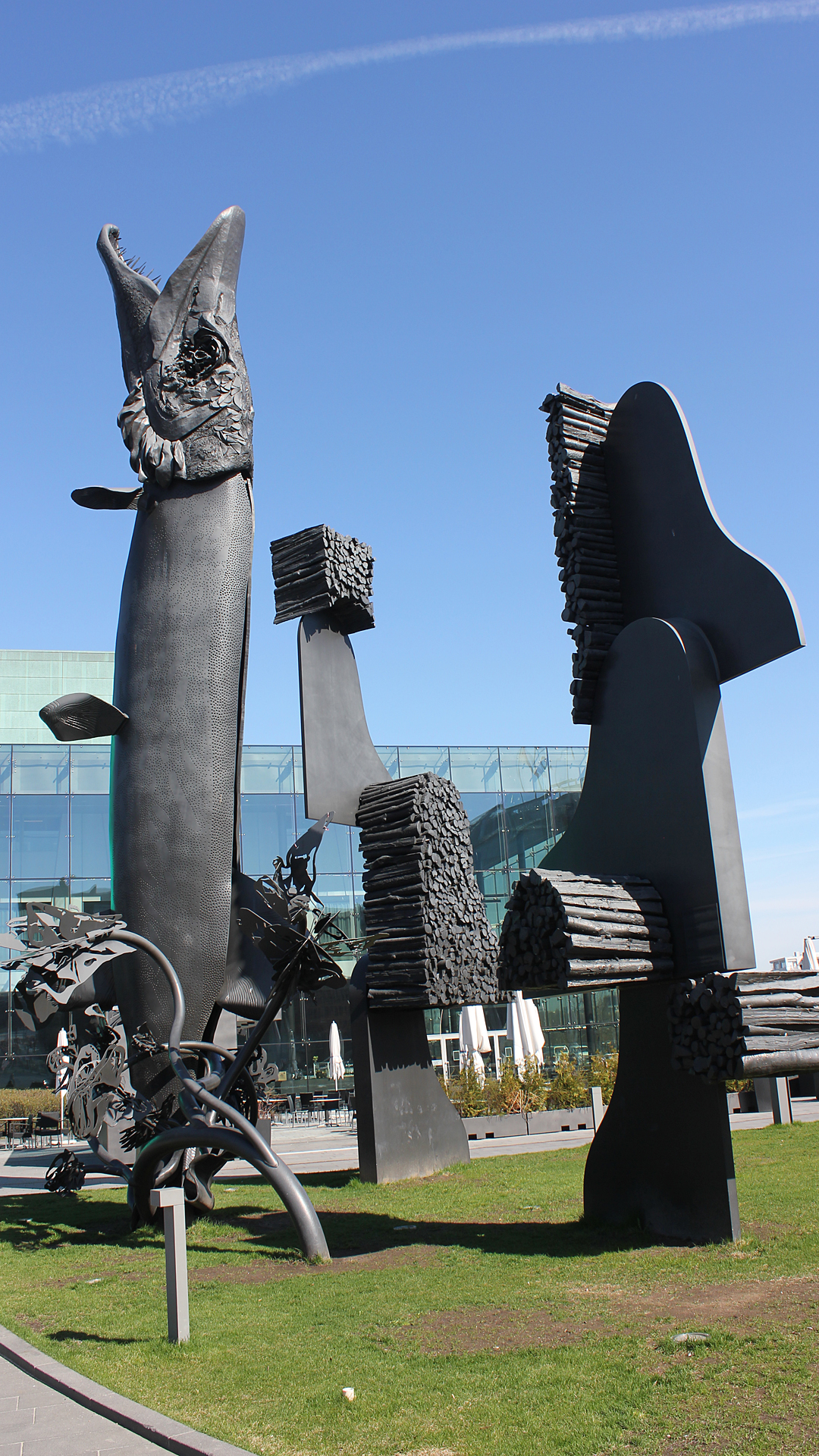
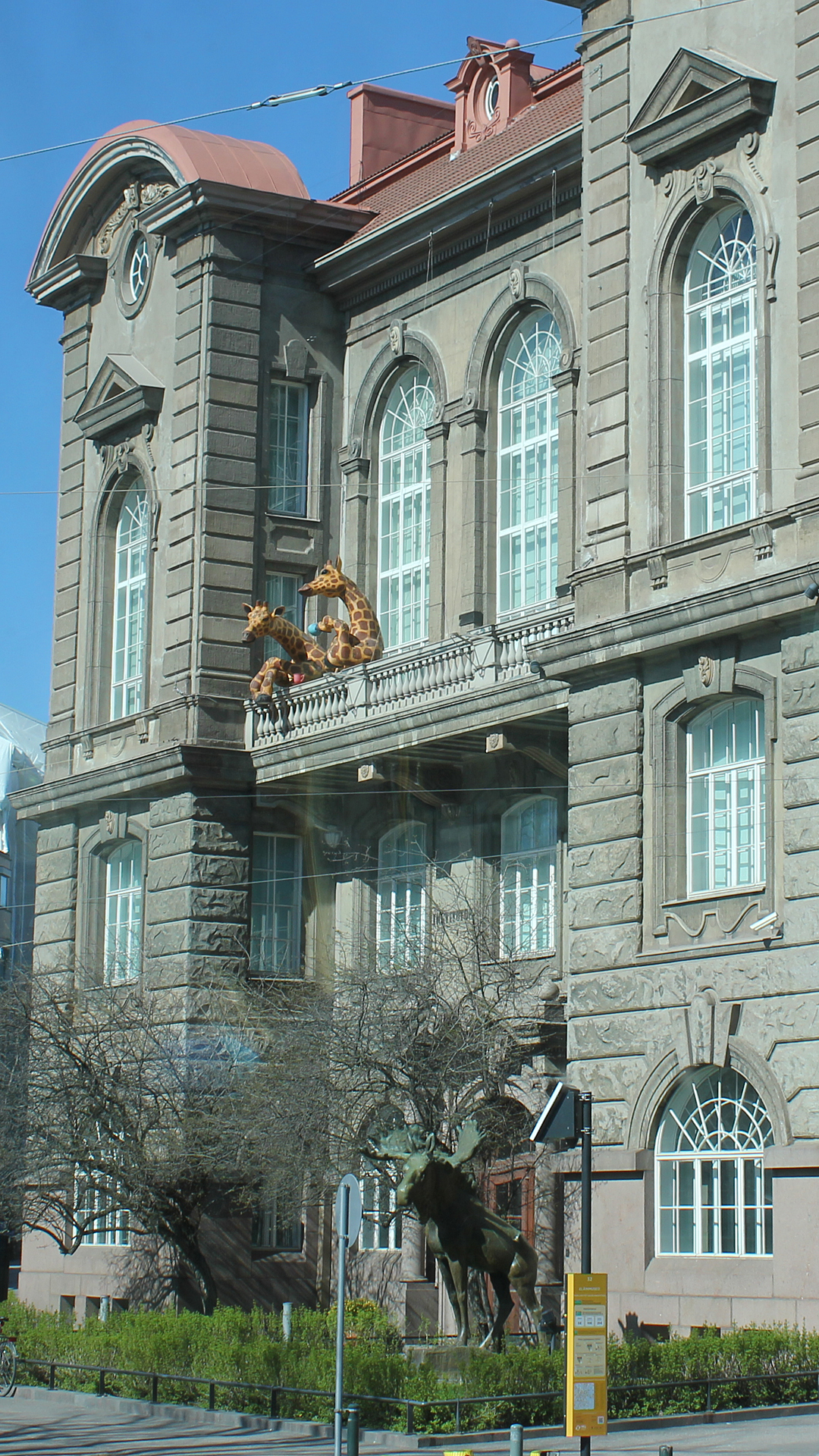
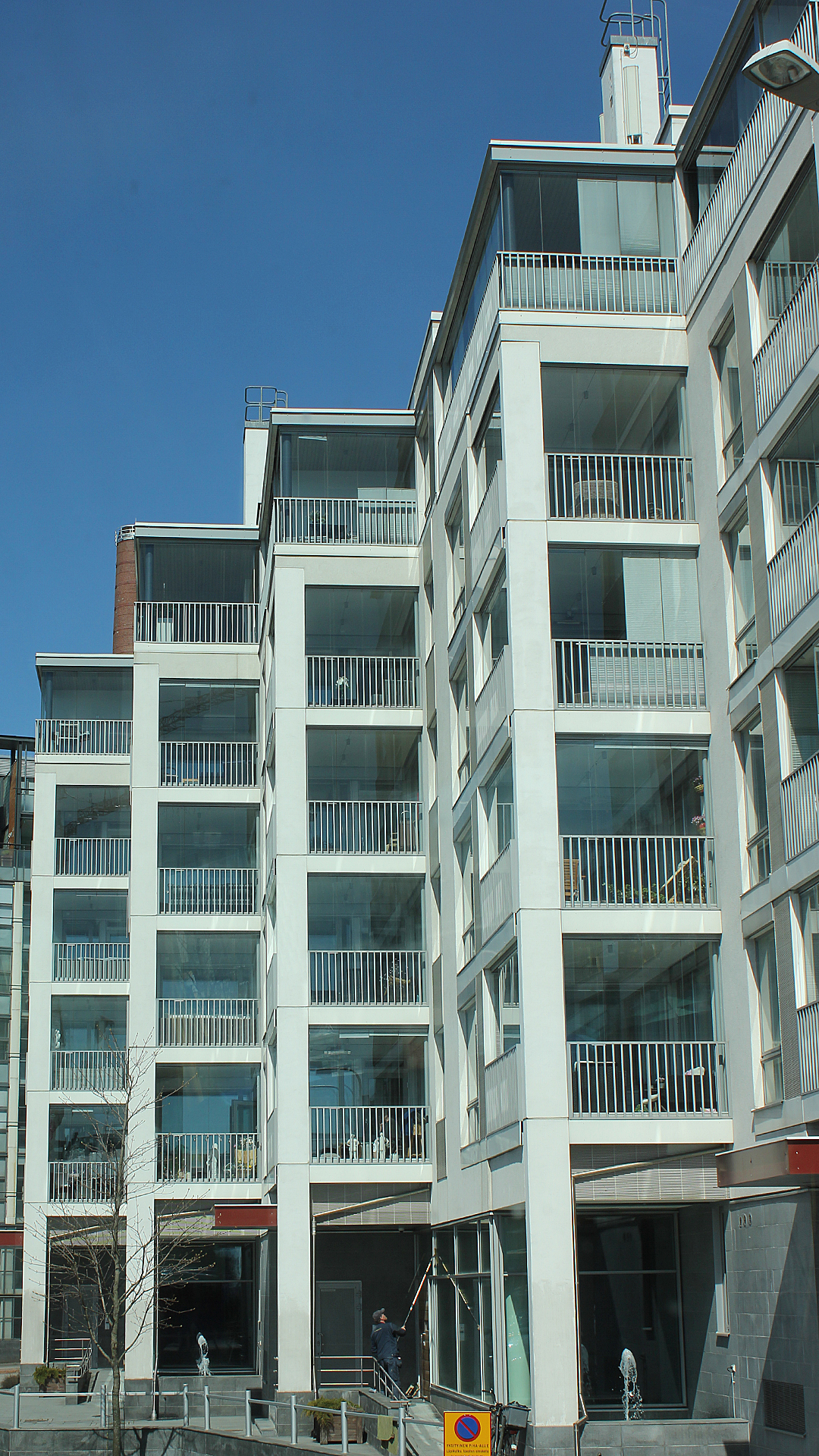
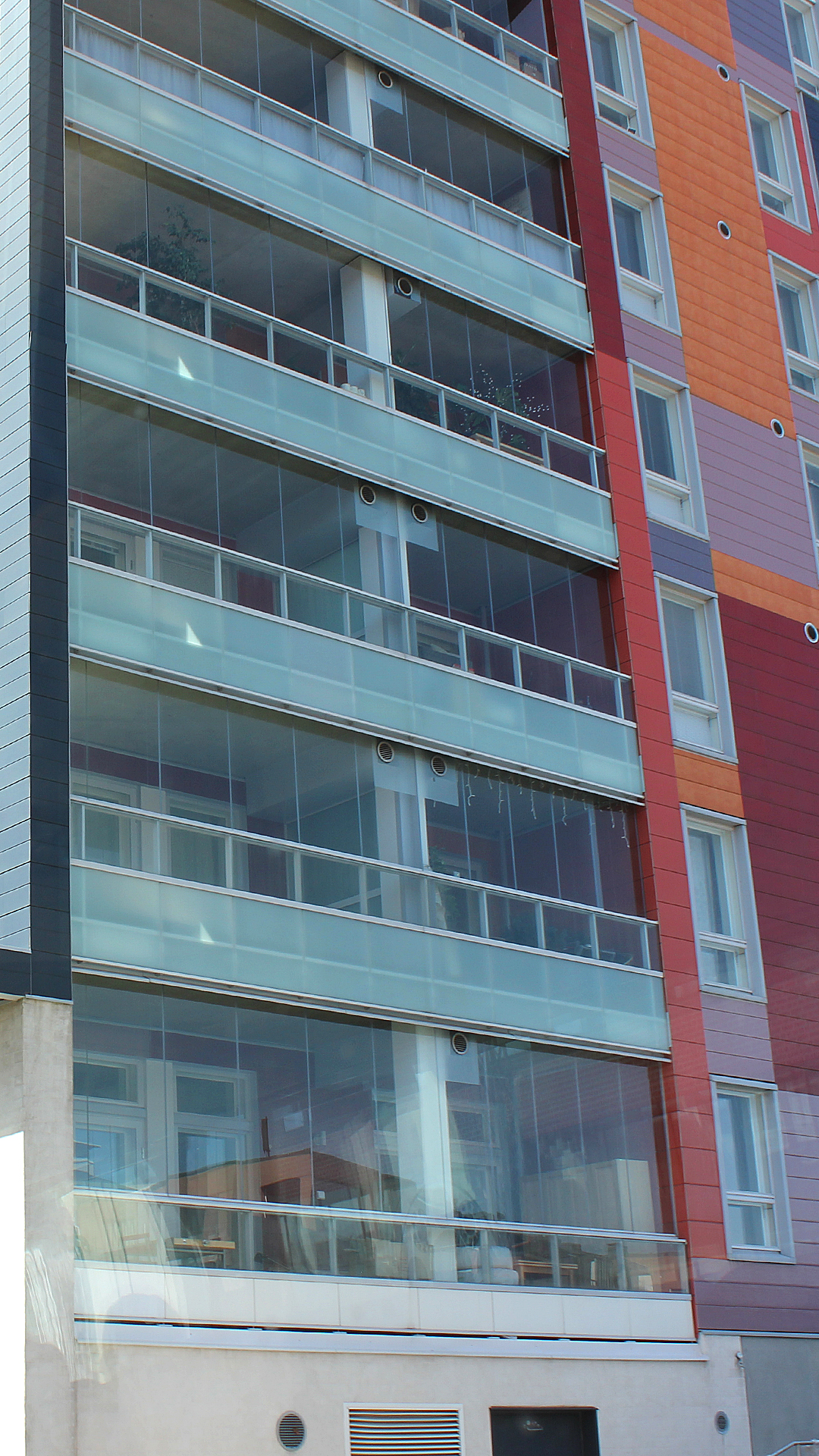
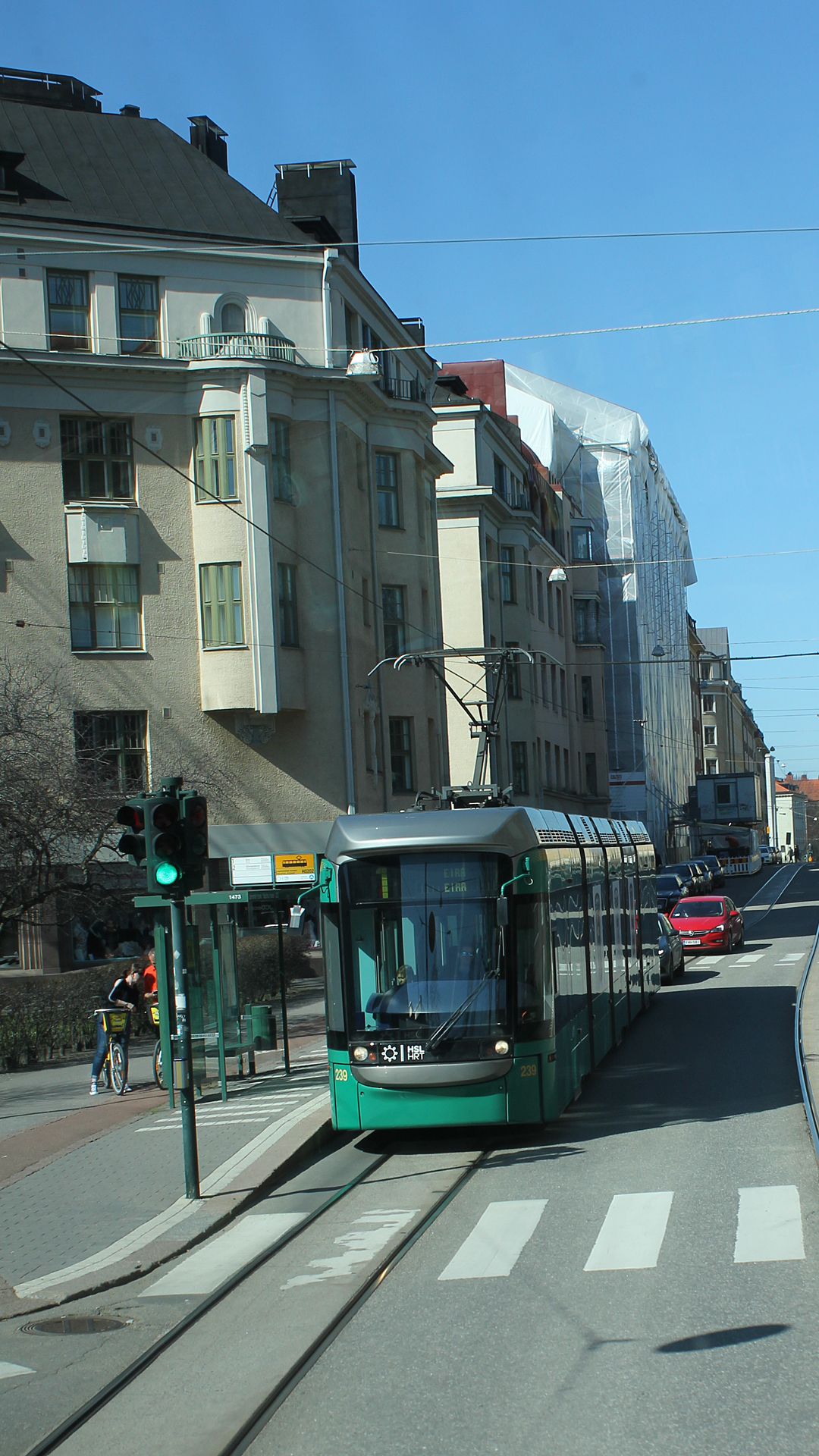
Because of the latitude, days last 5 hours and 48 minutes around the winter solstice with very low Sun (at noon, the Sun is a little bit over 6 degrees in the sky), and the cloudy weather at this time of year exacerbates darkness. Conversely, Helsinki enjoys long daylight during the summer; during the summer solstice, days last 18 hours and 57 minutes.
The average maximum temperature from June to August is around 66 to 72 degrees F. Due to the marine effect, especially during hot summer days, daily temperatures are a little cooler and night temperatures higher than further inland. The highest temperature ever recorded in the city center was 91.6 degrees F, on July 18, 1945, and the lowest was -30 degrees F, on January 10, 1987.